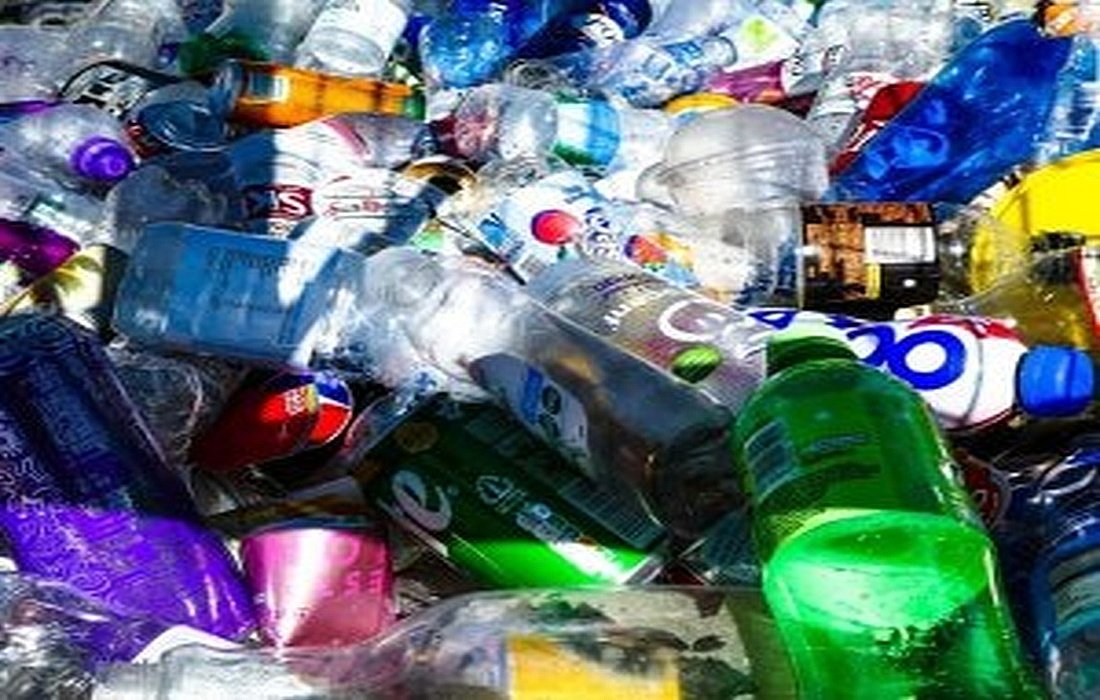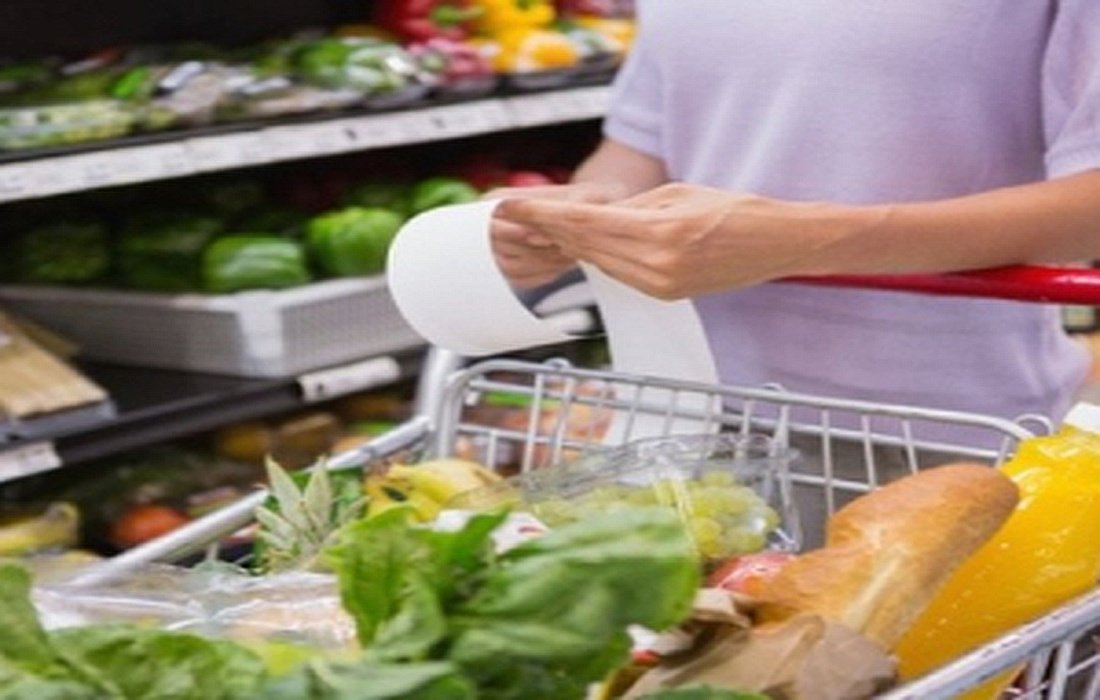Effective Ways toReduce Plastic Use
Today, we are witnessing increasing statistics about plastic and its impact on the environment in the media. If we look around, it seems plastic is everywhere, from the bathroom to storesFood Shopping, restaurants, and more. One can imagine a world free of plastics.
However, there are many actions that can be taken to reduce plastic consumption in various areas. That’s why we’ve prepared this section onSelMagzwith a list of ways to reduce plastic use in daily life.
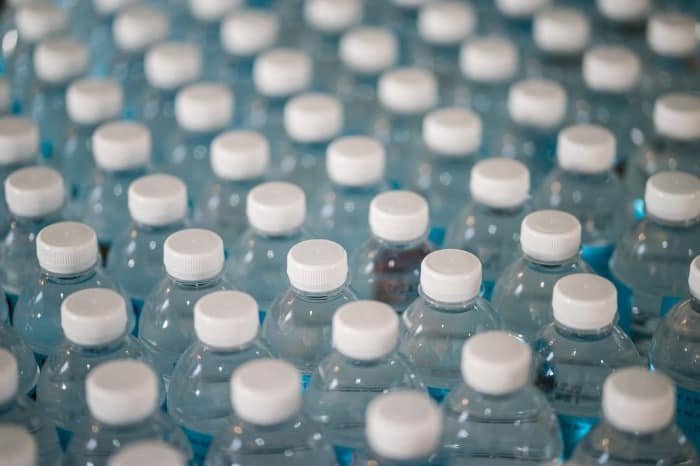
20 Tips for Reducing Plastic Consumption
Use these strategies to help the environment by cutting down on plastic use:
1. Use a reusable water bottle:
Statistics show that 50 billion plastic water bottles are used daily, with the demand equating to about 17 million barrels of oil, enough energy to power 190,000 homes. It’s better to use a reusable water bottle instead of buying single-use bottles.
2. Consider using a reusable shopping bag instead of plastic bags:
Using a reusable shopping bag made of cotton, jute, durable plastic, or fabric eliminates or greatly reduces the need for single-use plastic bags when shopping for groceries or running errands.
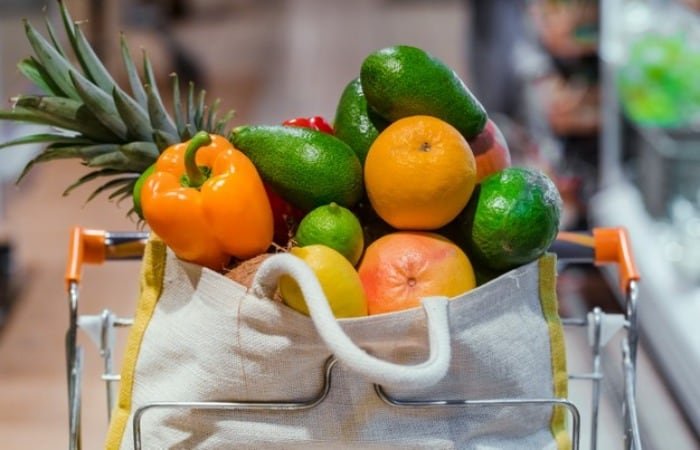
3. Use reusable coffee and tea cups:While it seems many disposable cups aren’t paper, it’s advisable to use ceramic or glass cups to lower plastic consumption.4. Use mesh or net bags:
Preventing plastic production seems nearly impossible these days, as fruits and vegetables are packaged before sale. To reduce plastic use, consider carrying fruits and veggies in mesh or fabric bags.
5. Use paper trash bags:
Use paper bags instead of plastic ones in your trash bins.
6. Return plastic bags to the grocery store:
When shopping for fruits and vegetables, you’ve likely noticed they are often packaged in small plastic containers. Ask the seller if you can return these packages for reuse.

7. Buy bulk dry goods:
When you purchase dry goods in bulk, you avoid unnecessary packaging. This not only saves money on food but also reduces fuel consumption if you’re driving to the store. Look for items that are large and have no plastic packaging.
8. Prefer cardboard packaging over styrofoam for eggs:
Today, eggs are sold in styrofoam packaging instead of cardboard. If you have to choose between the two, always go for cardboard as styrofoam is non-biodegradable and lasts a million years in the environment.
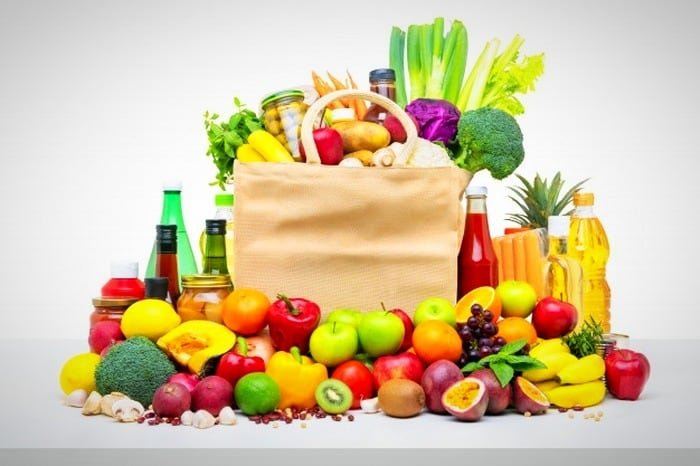
9. Avoid prepared and frozen meals:Prepared meals contribute significantly to excess waste. Frozen foods often come in plastic wraps and bags. If you’re serious about avoiding plastics, steer clear of frozen meals.10. Use plastic-free laundry methods:
Instead of using laundry detergents sold in plastic containers, use bar soaps. These detergents often come in plastic packaging and are quite harmful. Opt for bar soaps instead of liquid hand soaps. These
soaps
are great alternatives to creams and shaving foams.
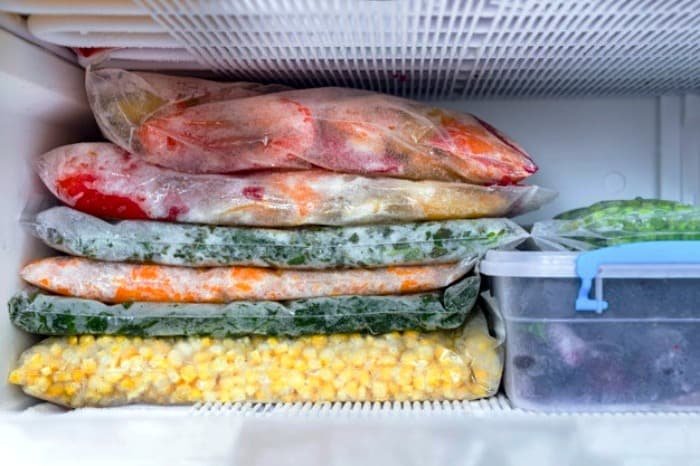
11. Bring your own dishes when going out or traveling:
To prevent plastic waste when going out, bring your own dishes because, according to last year’s stats, over 120,000 plastic dishes were collected from beaches.12. Avoid bad plastics:At the bottom of each plastic container, there’s a number inside a triangle with a number from 1 to 7, which identifies the type of plastic.
The number 3 indicates polyvinyl chloride, a highly toxic plastic containing lead and phthalates.
The number 6 shows polystyrene, used in styrofoam, disposable containers, and plastic cutlery; it’s toxic to the brain and nervous system.
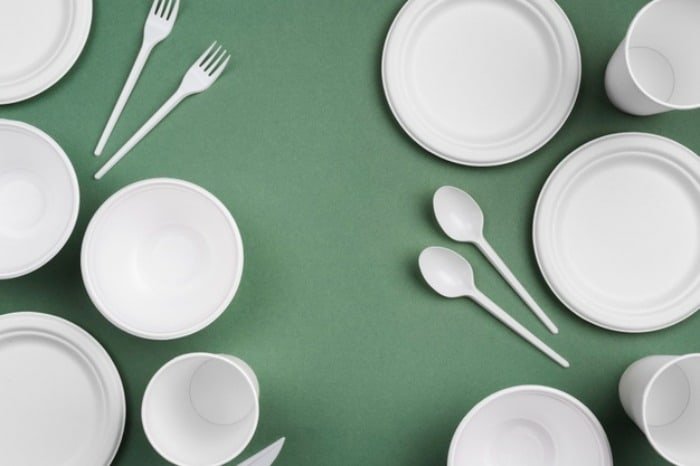
The number 7 means polycarbonate, found in most food cans, clear plastic cups, sports drink bottles, ketchup containers, and juice bottles, containing bisphenol A.
13. Stop using disposable razors:
The Environmental Protection Agency estimates that 2 billion disposable razors are purchased and used every year. Instead of disposable razors, buy reusable razors with replaceable heads.
14. Do not buy clothes made from synthetic materials:
Avoid wearing clothes made from synthetic fibers. Materials like lycra, polyester, nylon, and spandex contain polymers (plastics) and chemicals that eventually end up in the environment and oceans. Instead, look for clothing made from natural materials like cotton, linen, and wool.
15. Befriend baking soda and vinegar:
Instead of chemical cleaners usually packaged in plastic containers, use baking soda from big, inexpensive boxes that works like a home deodorant, and vinegar, which comes in glass containers.
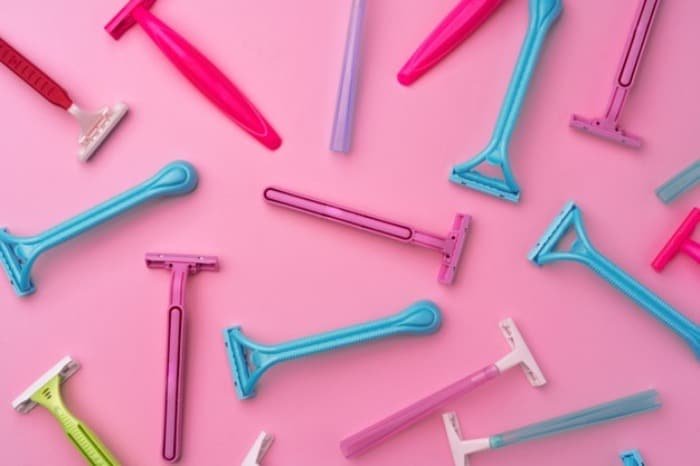
16. Prepare spices at home and store them in glass containers:
Make homemade sauces like chocolate sauce, ketchup, and mayonnaise, and store them in glass containers.
17. Avoid using plastic cleaners:If you need a powerful cleaner, use natural materials like cotton dishcloths or brushes made from coconut husks instead of plastic.18. Purchase eco-friendly toothbrushes:Another product often overlooked is the toothbrush. The most common types are made from plastic and thrown away. Try recycling your plastic toothbrushes and buy eco-friendly alternatives like wooden or bamboo toothbrushes.19. Use cloth diapers:
Instead of using disposable diapers, which add 5 million tons of waste every year, try using cloth diapers.
20. Use eco-friendly menstrual products:
Instead of using pads and tampons that are now made from plastic and synthetic materials, opt for silicone menstrual cups and organic cotton pads, which are great for the environment and your health.
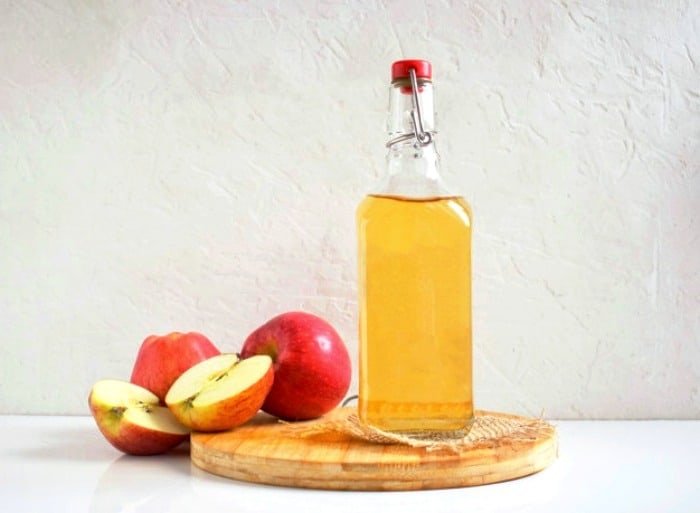
This list provides a comprehensive summary offering options to eliminate unnecessary plastics from life. Once you start removing plastics from your life, you will see its positive effects on the environment.
Plastic ContainersReducing Plastic UseFabric Shopping Bag
Fabric Bag as an Alternative to Plastic Bags
Paper Trash Bags
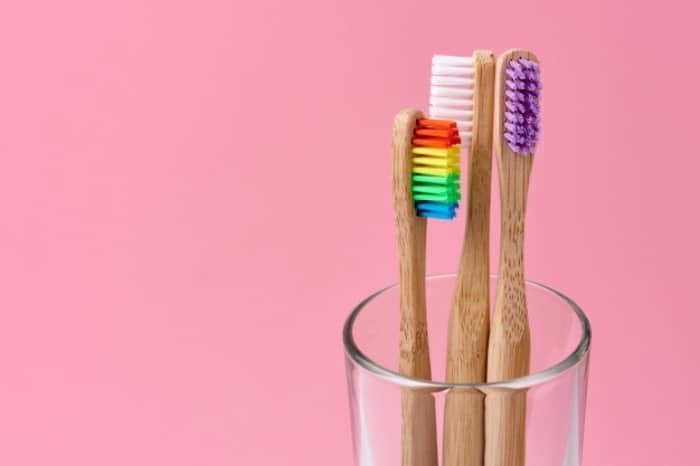
Paper Bag as an Alternative to Plastic
Paper Bag for Shopping
Reducing Plastic Use in Shopping
Frozen Foods
Avoiding Frozen Foods in Plastic



